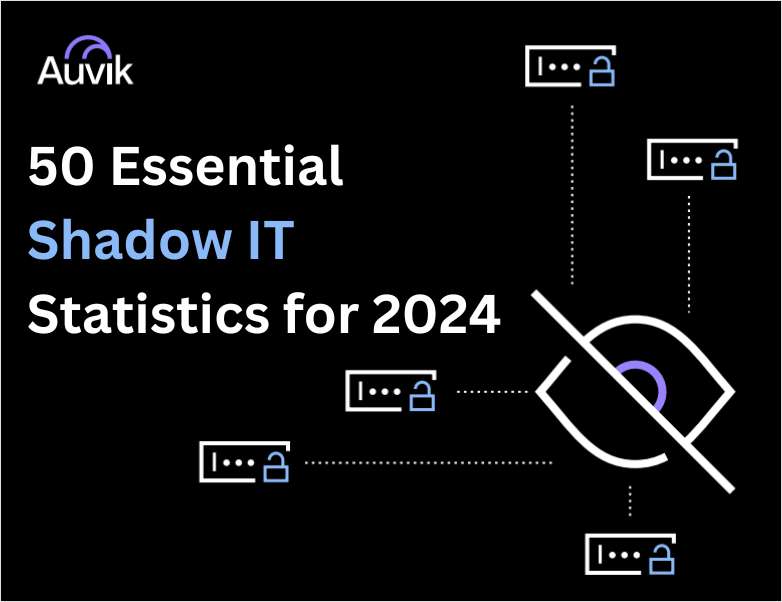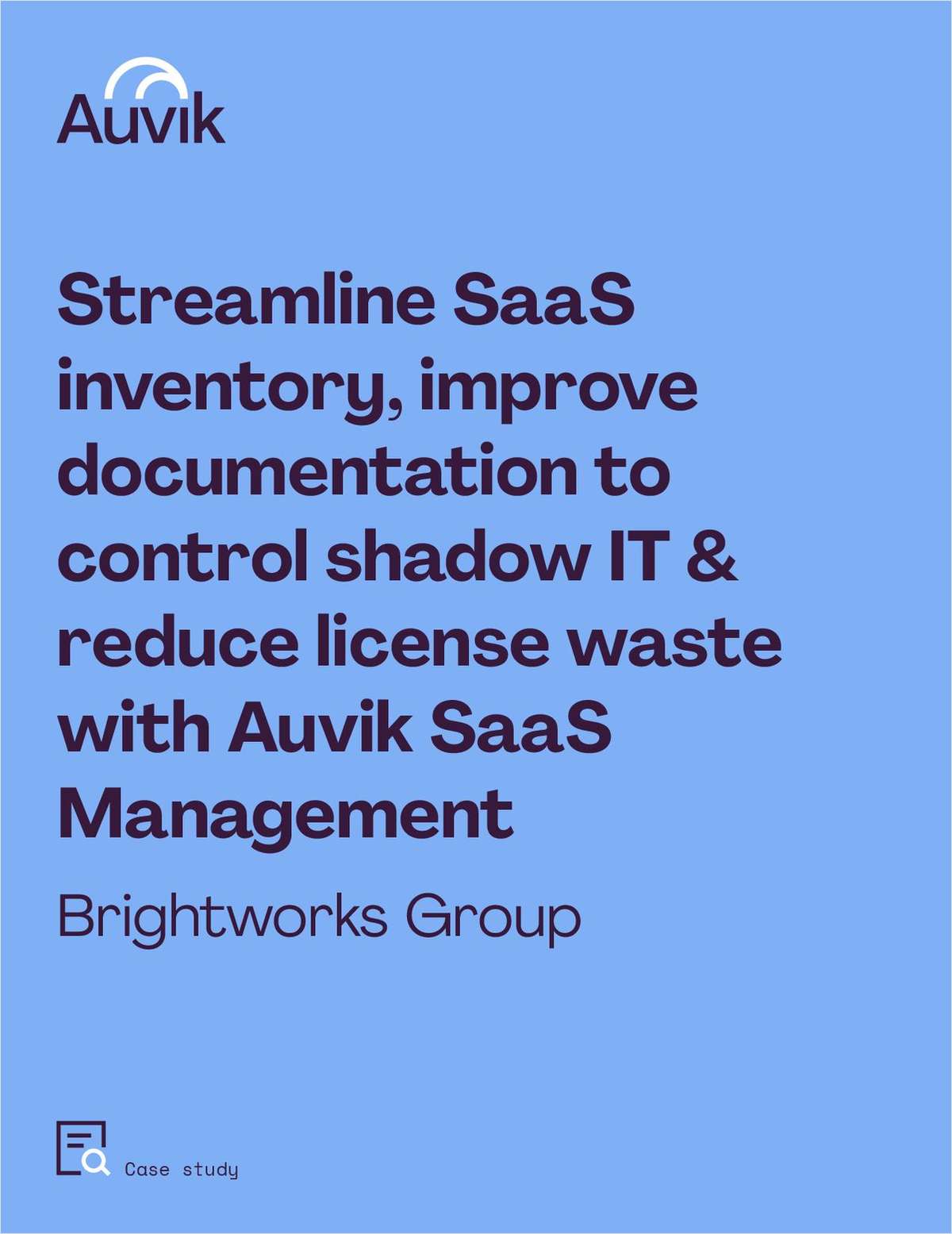Credit unions should do more to evaluate their risks and then set capital goals to reflect those risks, argued the author of a CUNA paper meant to guide credit unions through making those evaluations. The CUNA CFO Council published "Strategic Planning For Ideal Capital in the New Economy" last week.In his paper Harold Sollenberger, an accounting and information systems professor for Michigan State University, said credit unions need to have an internal process to give them the same sorts of feedback on capital that stock-issuing firms get from the market."The credit union dilemma is that no similar equilibrium-finding process exists. No stock price exists," Sollenberger wrote in the paper. "And, the surrogates are not particularly effective. The stockholder surrogate is the complaining member-wanting higher dividends and lower loan rates. They would also like to get access to the 'excess capital' tied up in the typical credit union's equity section. True, board members are the voice of the member, but evidence indicates that they are not nearly as determined nor as demanding as are shareholders."Sollenberger wrote his first paper on this idea in 2005 with the goal of helping credit union leaders move through a planning process to come to a consensus around what level of capital the credit union needs to adequately address the various risks it faces. The paper published last week updates previous papers to address some of the additional risks, such as a general lower liquidity level and uncertainty caused by government actions.He acknowledged that the events of the last year might reinforce the impression among some credit unions that they should return to having high capital levels as a way of making sure they remain as insulated as possible against economic swings. But Sollenberger argued that while higher levels of retained earnings rightly belonged as an NCUA priority as a matter of safety and soundness, credit unions need to be more firm in their desire to be competitive."If a credit union has a capital level that is too high, that is money that is has essentially taken unnecessarily from its members and undercut its position with them in the market," Sollenberger said. "They have built up those retained earnings often by not offering their members the best possible deal on products and services."Sollenberger asserted there were several reasons capital tends to build up in credit unions.First, as the administrator of the share insurance fund, the NCUA has an institutional bias toward wanting to see credit unions have more capital. Second, Sollenberger called the capital level the "orphan priority" in a credit union's list of priorities."In its strategic plan, a credit union will be concerned with marketing, with new products or services, with reaching out to new potential members," Sollenberger said. "But there is often no real awareness of the overall capital impact or a review of how well or poorly it is deploying those retained earnings."To counter that, Sollenberger and the CUNA CFO Council urged credit unions to include coming to an understanding of the credit union's risk profile and adopting a capital goal that reflects that risk. This can challenge a credit union, Sollenberger explained, because credit unions need to have all members of management come to an understanding about risks and that, in turn, can mean introducing some types of risks to people who may never have faced them before."You don't want to have only the CEO or the CFO or the accounting staff involved in this process because they might not have a full perspective of all the risks a credit union faces," Sollenberger explained. Working backward from the risks to the capital allows a credit union to both keep enough retained earnings to safeguard itself from risk while still offering its members a range of competitively priced products and services, he added.–[email protected]
Continue Reading for Free
Register and gain access to:
- Breaking credit union news and analysis, on-site and via our newsletters and custom alerts
- Weekly Shared Accounts podcast featuring exclusive interviews with industry leaders
- Educational webcasts, white papers, and ebooks from industry thought leaders
- Critical coverage of the commercial real estate and financial advisory markets on our other ALM sites, GlobeSt.com and ThinkAdvisor.com
Already have an account? Sign In Now
© 2024 ALM Global, LLC, All Rights Reserved. Request academic re-use from www.copyright.com. All other uses, submit a request to [email protected]. For more information visit Asset & Logo Licensing.









